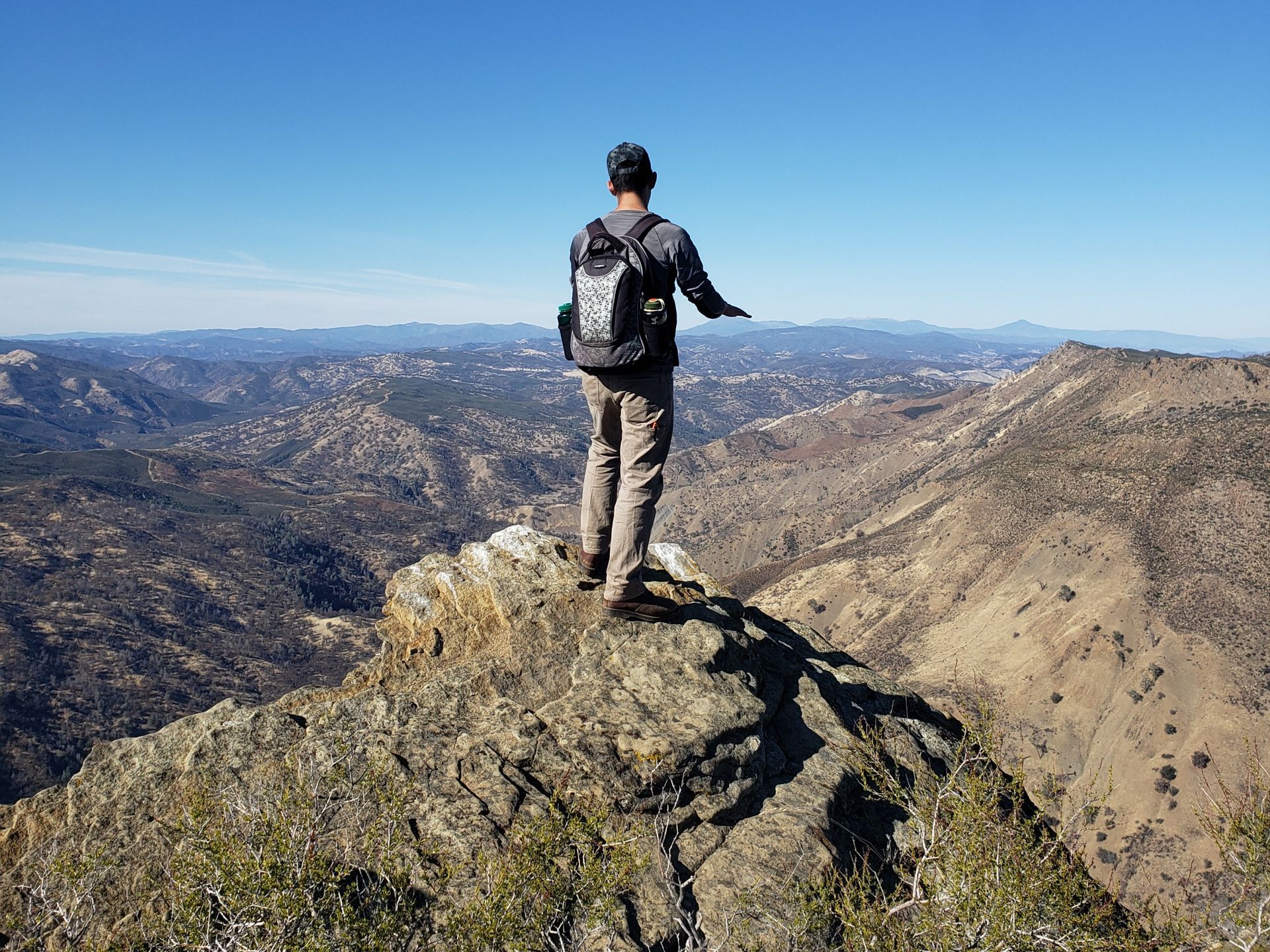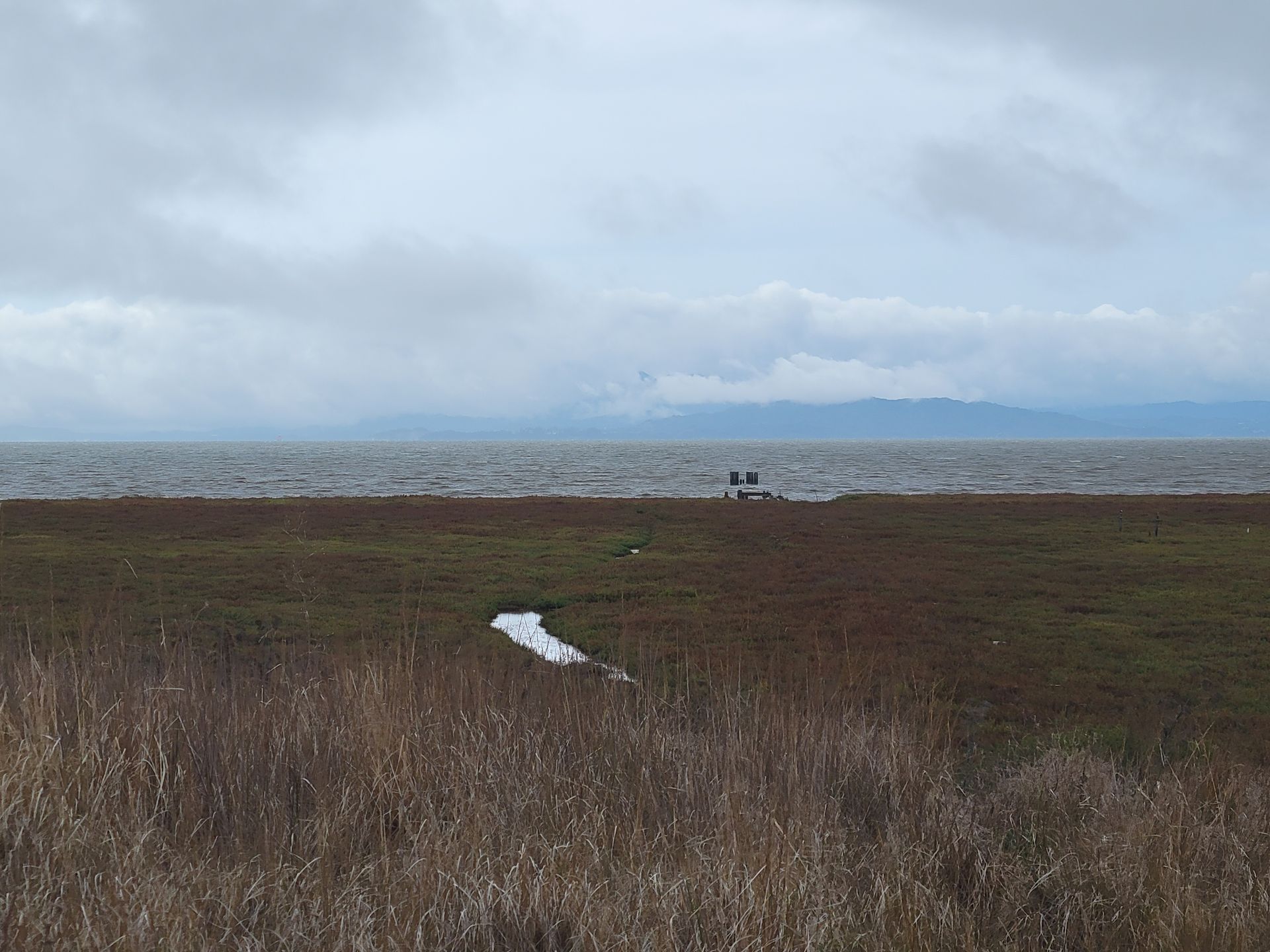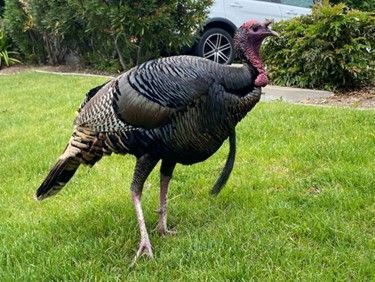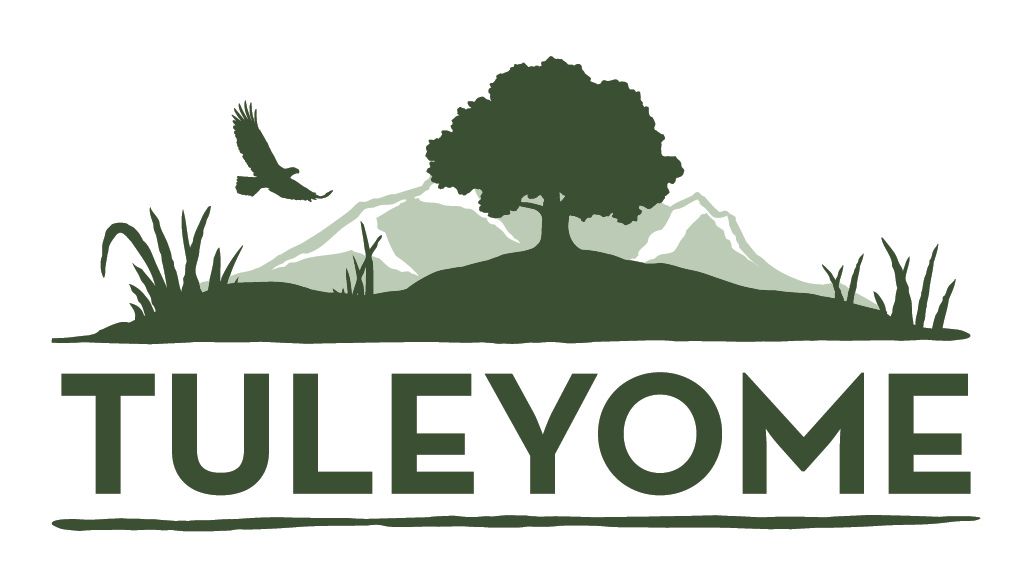Policy Corner: Looking Forward Post Election

The election is over and many of the results are in. Donald Trump will be the 47th President of the United States and the Senate has gone back into Republican hands. The fate of the House of Representatives is not yet known, but the numbers currently look better for Republicans than Democrats. Many of our champions, including Senators Padilla and Senator-elect Schiff and Representatives Thompson, Garamendi and Huffman, have been reelected. California’s Proposition 4, which authorizes $10 million for water, wildfire prevention, and protection of communities and lands, looks poised to pass.
What does this mean for all of us and our precious places? What does this mean for our region? For California? We won’t really know until the House of Representatives results come in, but we do know some things now.
We know that during his first Presidency, Donald Trump targeted national monuments, dismantled climate programs, and dismissed concerns about declining biodiversity. We know that he appointed people to his cabinet that did not support our priorities but, instead, actively worked against protecting our natural and cultural resources. We know that he appointed members of the judiciary that weakened our environmental and resource protections. We know that he’s not that fond of California.
We know that, historically, the Republican party has been less likely to stand with us and support our priorities. So, if the House of Representatives remains in Republican control, we can expect an attempt to dismantle many of our bedrock environmental and natural resource laws. However, they will need 60 Senators to pass most legislation. (When we want to get really nerdy, we can talk about what can be accomplished through budget reconciliation, which requires a majority vote.) Currently, Democrats have a solid hold on 44 seats, the Republicans on 52, and 4 are undecided.
We also know that California is the fifth largest economy in the world and that we like to go our own way. And, we’re successful at it. We know that we lead the world on addressing environmental and natural resource threats, from climate change to biodiversity to public lands. We know that our diversity of people and places makes us stronger. We know that we fiercely protect our natural resources and precious places. We know that numerous administrations, including Trump’s first, have tried to dismantle California’s progress and have failed.
We also know that Tuleyome and all of you are part of a unique community that works with, not against each other. If we have disagreements, we don’t walk away; we work through them and forward. We work with our tribal partners, farmers, hunters, scientists, and other conservationists. We work with property owners, local, regional, state and federal governments, and businesses. Because of this, we have accomplished a lot of good, and stopped a lot of bad from happening.
And, we have no reason to expect any of this to change.
So, what does this mean for all of us and our precious places?
In the short term, we need to get more California National Monuments over the finish line, begin implementing the Public Lands Rule, and push for a good public lands package when Congress comes back into session next week.
Let’s urge President Biden to cement his public lands legacy and designate Chuckwalla, Kw'tsán, and Sáttítla National Monuments before the end of his term. They are abundant in natural resources and biodiversity and significant to numerous tribes in California.
Remember the Bureau of Land Management’s (BLM) Public Lands Rule, which enshrines conservation as part of multiple use? We need to show what a success this rule and all of its tools can be before a Trump Administration comes in and tries to dismantle it. Tuleyome is working with our partners to get some projects underway in our region before the Administration changes.
Whether or not a public lands package moves through Congress before the end of the year and the form that it takes will depend on which party takes control of the House of Representatives and how big of a majority Republicans have in the Senate. If a lands package does move, it will likely include some good and some bad elements. The bad elements include rolling back NEPA and expanding oil and gas drilling on public lands. The good items include public lands bills that have been languishing for years, possibly even the Public Lands Act, which weaves together several California bills into one large lands package, and the San Pablo Bay National Wildlife Refuge Expansion Act. What is the calculus the electeds will be making? Can we get more and/or better now than we can when the Presidency and Congress change hands? Will President Biden sign a bill with some bad items to move some Democratic priorities? Will Republicans want to wait to move anything until they have more power?
Not everything is known, but, clearly, there is much to be done in the next couple of months.
What do we do in the long term?
We fight the good fight, smartly. We focus our resources and efforts on protecting our special places, knowing that the fight just got a lot harder, longer and more arduous. We work with our champions at the local, regional, state and, yes, federal levels. We make sure that the goals of Proposition 4 are realized. We leverage our expertise, success and partnerships to advance our priorities. We honor agency staff for their hard work during difficult times and remember their jobs are tough, and some are going to get a lot harder come January. We build new partnerships. We work with more tribes to ensure that they and their concerns are represented in our land management plans and on the ground work. We reach out to new groups and stakeholders and we work with them where, and when, ever we can. We develop a Berryessa Snow Mountain National Monument Management Plan. We continue to build our coalition so that it fully reflects and represents all of the people in our region. We build a coalition that is nonpartisan and built on community, that is unbreakable. And we continue to work hard, even harder, than we ever have before.
That’s how we succeed. It’s how we designated Cache Creek Wild & Scenic River, designated and/or expanded Cedar Roughs, Snow Mountain and Cache Creek Wilderness Areas, and designated Berryessa Snow Mountain National Monument then expanded it by adding Molok Luyuk.
I know, it’s not what we wanted. We wanted to continue the amazing momentum of the Biden-Harris Administration. But its what we have. So, no time to rest. Let’s get to work, together, and get some things done!
Sandra Schubert
Executive Director
RECENT ARTICLES






